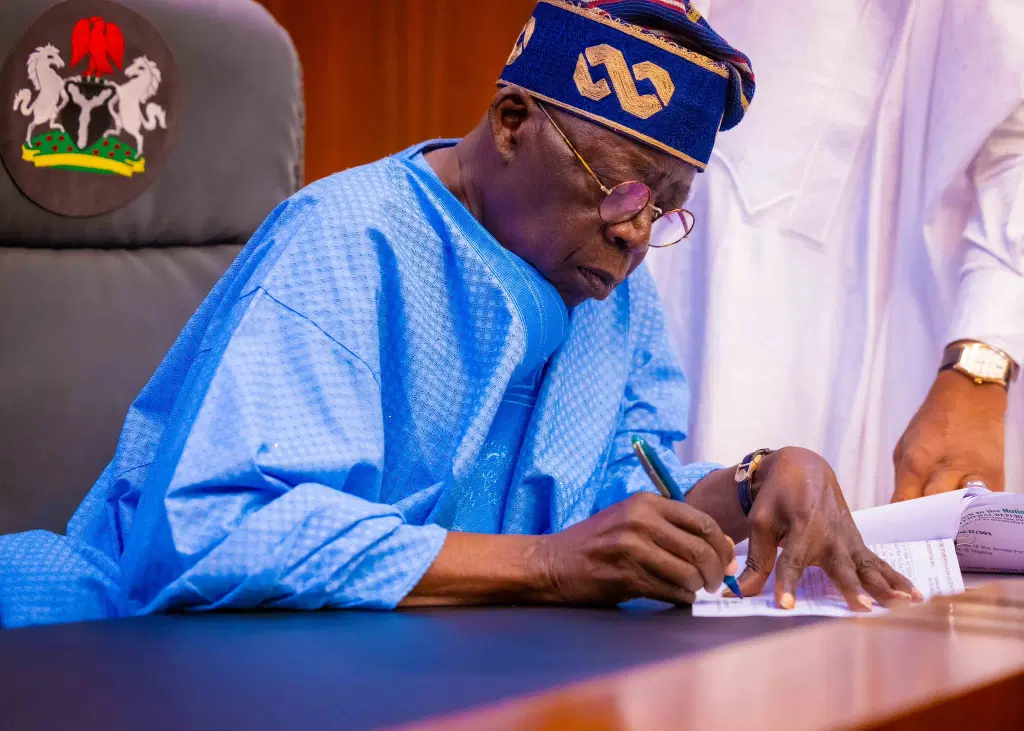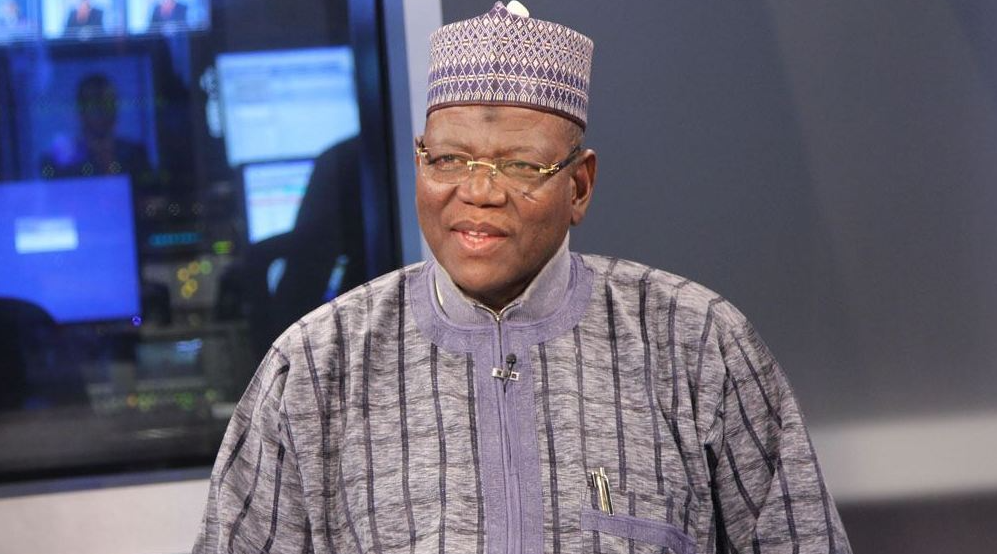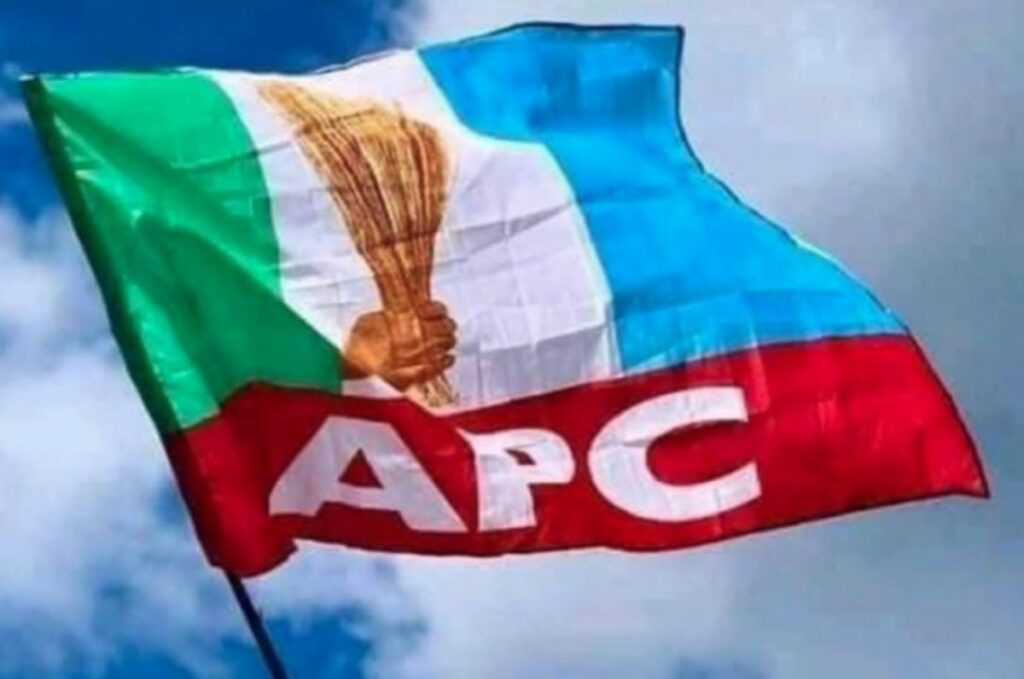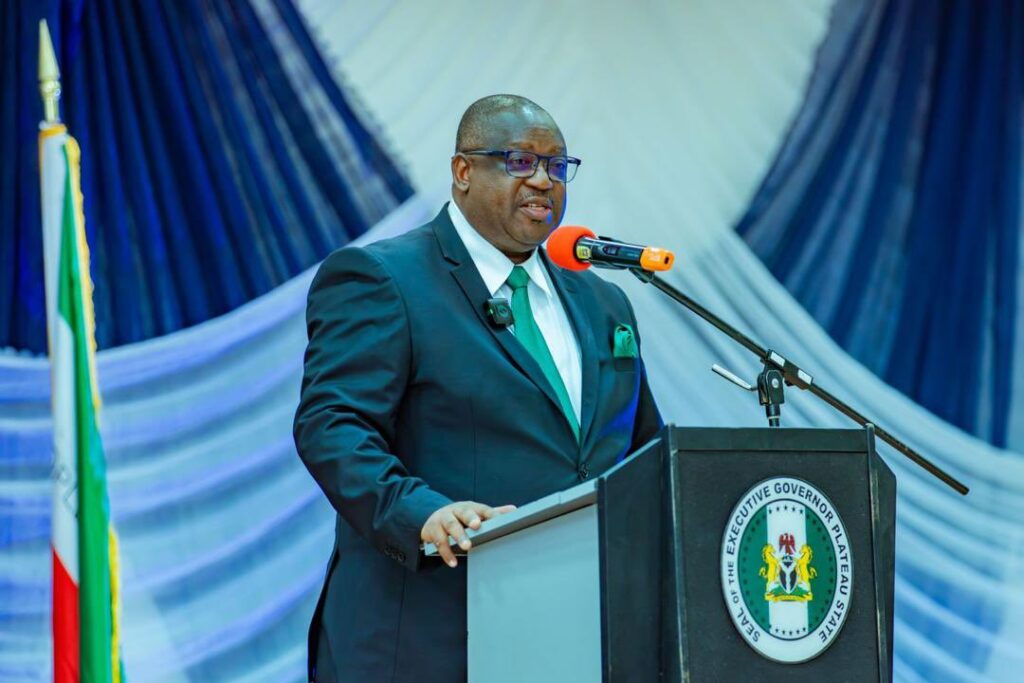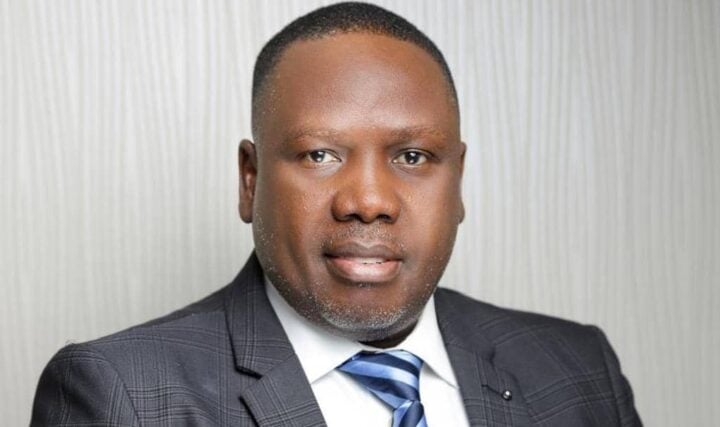Nigeria’s rising debt curve has taken another sharp turn.
The Federal Government has borrowed ₦17.36 trillion between January and October 2025 — overshooting its ₦10.9 trillion target for the same period by 55.6%, according to new fiscal data reviewed by VOS TV Business Desk.
The 2025 budget had set total borrowing at ₦13.08 trillion for the year. Still, with new domestic and foreign loans already crossing ₦17 trillion — and another $2.35 billion (₦3.38 trillion) Eurobond plan underway — analysts warn that total borrowings could reach ₦23 trillion by December.
Breakdown of the Borrowing
₦15.8 trillion raised from domestic sources as of October.
₦1.56 trillion sourced externally by mid-year.
₦300 billion from Sukuk Bonds — up from zero last year.
₦40.19 billion via FGN Savings Bonds — a 5.6% rise year-on-year.
Economy watchers say this “borrowing surge” is a red flag.
According to Andrew Uviase of Ecovis OUC, the spike reflects “fiscal indiscipline and poor expenditure control.”
He said the government “isn’t showing seriousness in reducing the cost of governance,” adding that without transparency, “Nigeria will continue borrowing to survive.”
David Adonri of Highcap Securities echoed that warning, calling the borrowing spree “a fiscal addiction” driven by “unrealistic oil revenue projections.”
The 2025 budget was built on oil at $75 per barrel and output of 2.06 million barrels per day,” Adonri said. “Reality? Production barely touches 1.7 million barrels, and oil is selling around $65. It’s a recipe for deficit.
The Bigger Problem: Debt Crowd-Out Effect
Analysts say government borrowing is squeezing out private businesses from credit access, driving up interest rates and slowing investment.
“When the government competes for domestic funds, banks prefer to lend to Abuja than entrepreneurs,” said Uviase. “That means fewer jobs, weaker growth, and higher inflation.”
FBNQuest’s Tunde Abidoye added that the flood of government securities has already pushed yields above 20%, making banks more eager to buy bonds than support real-sector lending.
IMF & Fiscal Framework Clash
Experts warn that the overshoot violates Nigeria’s 2025–2027 Medium-Term Fiscal Framework, which targets a deficit below 3% of GDP.
The IMF and World Bank have repeatedly flagged Nigeria’s debt-service-to-revenue ratio — now at 83% — as unsustainable.
“Despite GDP growth of 4.2% and inflation easing to 18%, the fiscal hole keeps widening,” analyst Clifford Egbomeade noted. “Without restraint, Nigeria risks financing debt with new debt.”
The Way Forward
Economists agree the solution lies in fiscal discipline, revenue reform, and private-sector efficiency.
Adonri urged government to “cut waste, end deficit budgeting, and stop crowding the private sector.”
Egbomeade called for “aggressive non-oil revenue mobilisation” and better “digital tax efficiency” to rebuild investor confidence.
Nigeria’s borrowing is now a balancing act between funding survival and fueling growth.
Experts say it’s time for less borrowing and more building because at this pace, debt may soon cost more than development.

